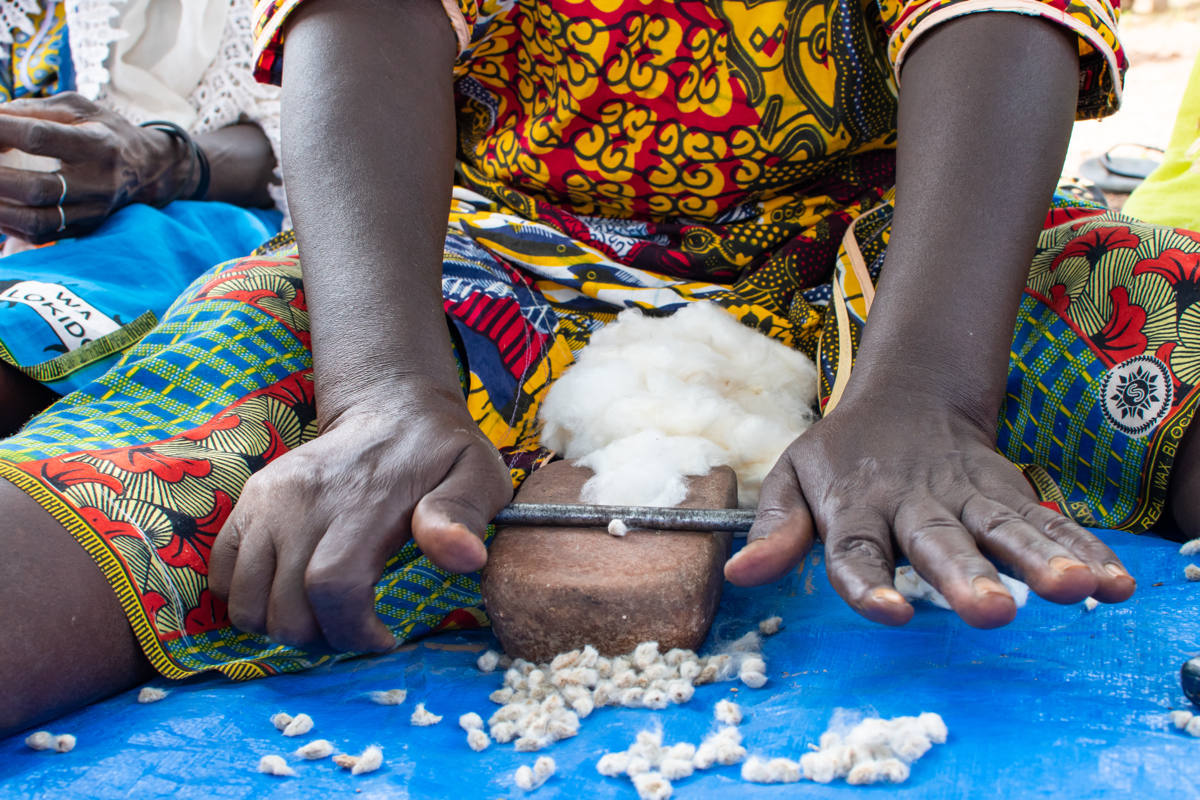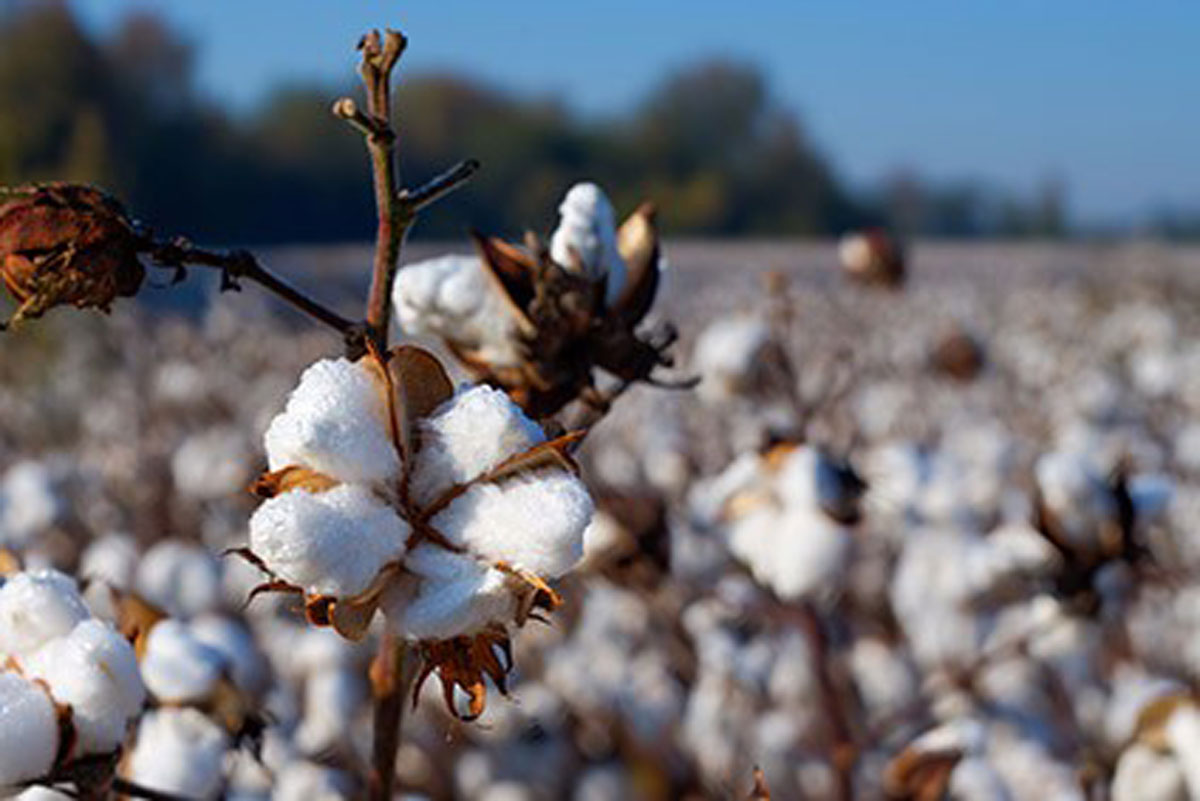Everything You Need To Know About Organic Cotton
Organic cotton farming does not allow the use of toxic chemicals or GMOs (genetically modified organisms). Instead, it combines tradition, innovation and science to benefit the shared environment and promote a good quality of life for all involved.
Around 250 million people work in the cotton industry, but only a small percentage of it is organic. But what does organic cotton actually mean and how is it regulated?
Cotton production doesn’t only affect the environment, but it affects our health as well. In an article written by The Guardian, the FDA found pesticides used in cotton production in foods, showing that it transports from the farming process to all aspects of life. Organic cotton removes the use of toxic chemicals, ensuring that the health of the planet and its people are protected. Textile Exchange life cycle analysis found that organic cotton reduced global warming potential by 46%, and the reduction of greenhouse gas emissions was equivalent to driving your car around the world 14,000 times. Organic farming practices use systems like intercropping and composting to promote a healthy soil balance, and in turn this helps the environment and the animals that inhabit it. On the surface, it may seem simple but organic cotton farming is complex and it’s extremely difficult to regulate the industry and ensure that rules are being followed.

The Global Organic Textile standard is the internationally recognised industry leaders for organic cotton. They certify companies using their criteria which includes ecological and social standards. That means that to be GOTS certified, you need to be sustainable from harvesting right through to labelling. This involves having an environmental policy and setting targets to ensure that you are continuing to strive for complete sustainability. As well as this, GOTS’ social criteria prevents forced and child labour, something that is currently a big issue within the cotton industry.
In China, the ongoing barbarity of Uighur camps has been highlighted once again following a BBC investigation which revealed that hundreds of thousands of Uighurs are being forced to pick cotton in Xinjiang. Global businesses must now examine where they are buying their cotton and not profiting off of slave labour. The Xinjiang region accounts for a fifth of the world’s cotton and 84% of China’s cotton. This human rights violation has highlighted the industry and its need for change.
Recently in India, GOTS uncovered organic cotton fraud, identifying 20,000 metric tonnes of cotton which was incorrectly labelled as organic. This fraud involved false certificates, QR codes, and a fake government site that authenticated their ‘organic’ cotton. A major investigation was launched, and all certificates were cancelled. The fight for organic cotton has been tainted by those who wish to create fraudulent documentation in order to appear sustainable, when in fact they are using shortcuts to create cotton that is toxic to the environment and to humans. Advocating for stricter measures has never been more important, but is the industry doing this? And if so, how?
Despite being supported by the US government, GOTS is a non-profit organisation. This means it is a voluntary standard, so it’s not regulated by governments. In the UK, the Prince of Wales formed the ‘The 2025 Sustainable Cotton Challenge.’ This programme encourages brands to source 100% sustainable cotton by 2025. Currently, 22% of the world’s cotton is sustainable but hopefully by 2025 the practices surrounding sustainable cotton production will be regenerative. With its long list of initiatives, The 2025 Sustainable Cotton Challenge will aid in increasing the production of organic cotton, ensuring that the planet and its inhabitants are safe from the harmful chemicals produced by unsustainable cotton.


+ Words: Shaelei Parmar, Luxiders Magazine Contributor
Shaelei Parmar is a Fashion and Sustainability Blogger. She recently graduated with a degree in English and Drama and is beginning her journey as a writer and sustainable consumer. She has her own Blog (shaestyles.blog).
Connect with her on Instagram @shaelei_




